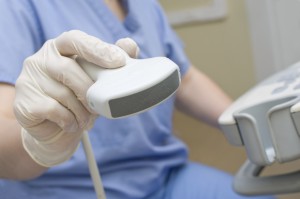Have you ever experienced dizziness or a spinning sensation when in fact everything is standing still? You may have experienced vertigo.
Vertigo can cause a person to feel light headed, off balance, spinning, seeing double, or as though they are falling. In severe cases it can be accompanied by nausea, difficulty walking, or loss of balance.
Vertigo is often related to a problem within the inner ear. It may be due to a buildup of fluid and changing pressure (Meniere’s disease), or due to an accumulation of tiny calcium particles called canaliths in the canals of the inner ear ( BPPV or benign paroxysmal positional vertigo). It may also be caused by an infection, usually viral, in the inner ear. All of these conditions can lead to loss of balance.
Symptoms of vertigo:
A sensation of movement accompanied by nausea, vomiting, and sweating..
Head positioning leading to dizziness
Ringing in the ears and changes in hearing
Abnormal eye movement
Symptoms that are fairly constant in regularity
A [physician can diagnose vertigo through physical examination that may include a CT scan of the head to see if there are any brain injuries blood tests to see if the blood glucose is normal and an EKG to see if the heart rhythm is normal.
Frequently the symptoms of vertigo will resolve by themselves. Depending on the cause, some form of medical treatment may be necessary. When the cause is due to an infection, medications may be prescribed to cure it, and sometimes steroids will be given to reduce the inflammation. If the problem is being caused by a buildup of fluid in the ear, medication may be prescribed to help reduce it. If vertigo is being caused by an accumulation of tiny calcium crystals, a series of head and neck positioning exercises may be given to help move them out of the inner ear into a location where they can be more easily absorbed by the body. In extreme cases of vertigo, surgery may be needed to resolve the problem.
If you are experiencing symptoms of vertigo and would like to schedule an appointment with an ear, nose, and throat specialist, please call 718-206-6742.
All content of this newsletter is intended for general information purposes only and is not intended or implied to be a substitute for professional medical advice, diagnosis or treatment. Please consult a medical professional before adopting any of the suggestions on this page. You must never disregard professional medical advice or delay seeking medical treatment based upon any content of this newsletter. PROMPTLY CONSULT YOUR PHYSICIAN OR CALL 911 IF YOU BELIEVE YOU HAVE A MEDICAL EMERGENCY.

